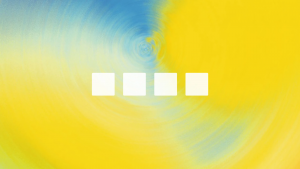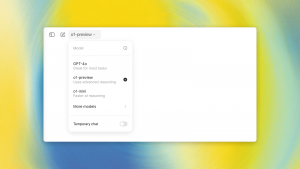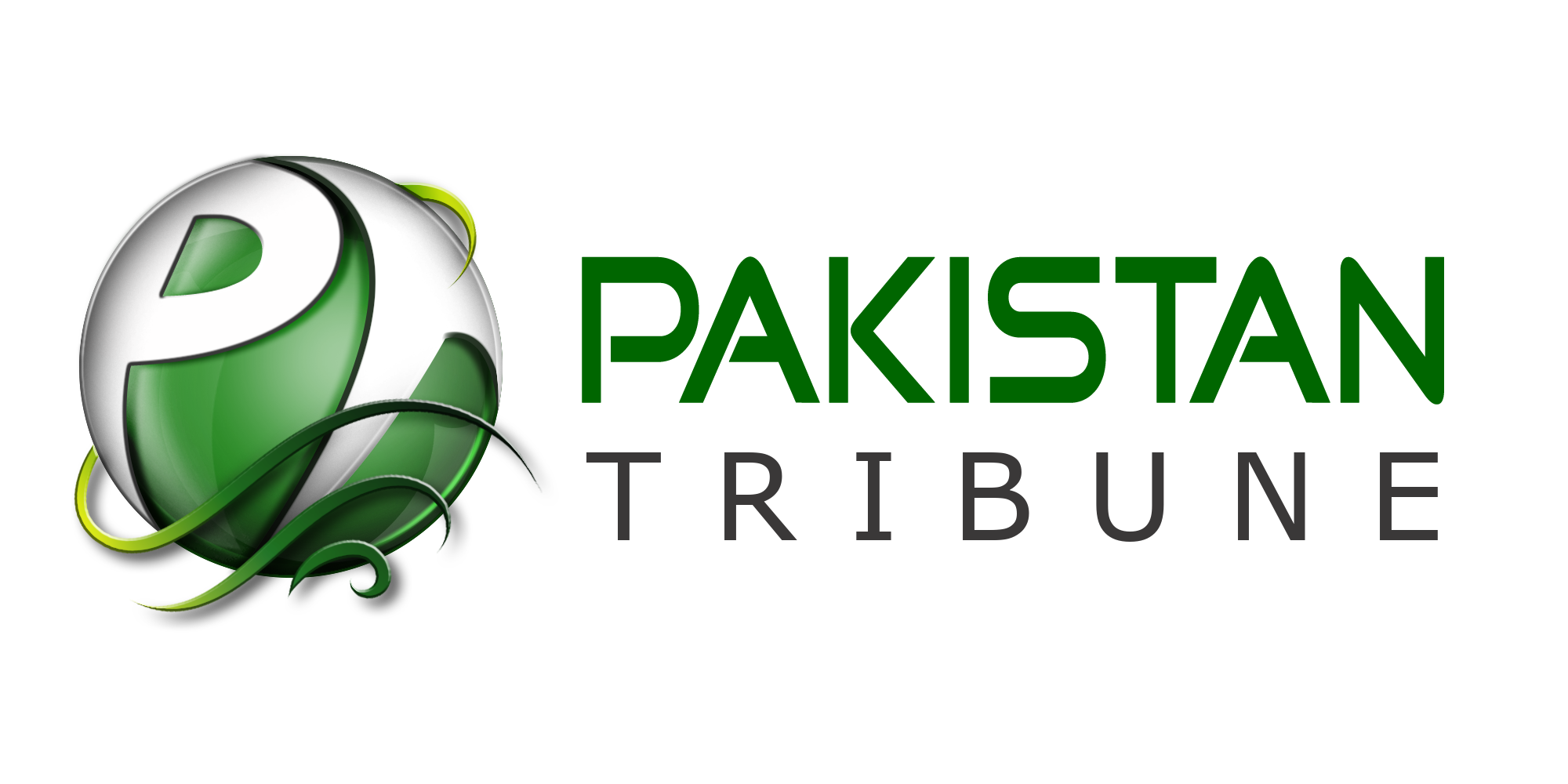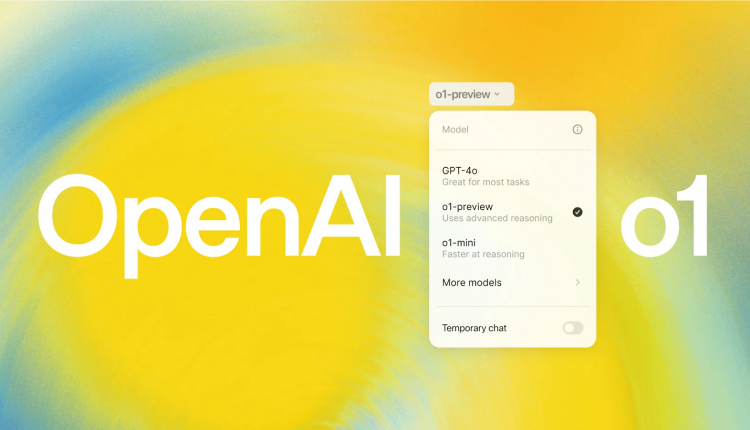Is OpenAI’s o1 Model the Future of AI or an Ethical Tightrope?
Exploring the ethical dilemmas and future impact of OpenAI's o1 model.
Artificial Intelligence (AI) is evolving faster than ever, and OpenAI’s o1 model is the latest development in this fast-paced field. However, while the tech world is buzzing with excitement over o1’s new features, the conversation is shifting beyond what it can do to what it should do. This new AI isn’t just faster or more efficient—it’s more human-like, sparking debates about where we draw the line with machines that can think, reason, and, perhaps, even outthink us.
So, what does o1 mean for us, everyday people, and what moral dilemmas does it bring to the table? Let’s dive into the world of AI, ethics, and the slippery slope of handing over decision-making to machines.
What Makes the o1 Model Different?
To kick things off, let’s talk about what makes OpenAI’s o1 model special. This isn’t just another chatbot upgrade—it’s a whole new level of AI thinking. It can handle more complex reasoning, refine its thoughts, and even interact with us in ways that make it feel like you’re speaking to an intelligent assistant, not just a machine churning out responses.
For example, the o1 model is more adept at multi-step reasoning, meaning it can process layers of complexity instead of just answering simple questions. It’s designed to be more interactive, able to reflect on previous responses and improve them in real-time. It also incorporates heightened safeguards to ensure it’s less prone to errors like “hallucinations,” where AI offers up confidently wrong information. Plus, it’s better at adjusting for context and nuance, giving you more relevant and precise results.
But while all this sounds fantastic, it raises a major question: How comfortable are we letting a machine handle such high levels of intellectual tasks? And more importantly, are we giving it too much control?
Intelligence or Overreach?
We’ve all seen movies where robots take over the world, but with o1, the question isn’t so much about domination as it is about collaboration. This AI is designed to assist humans with decision-making in real-world scenarios, from legal advice to medical diagnoses. The problem is, if AI is doing the heavy lifting in these sensitive areas, where does human responsibility fit in?

Imagine a future where o1 helps a doctor diagnose a patient or advises a judge on sentencing in a courtroom. It’s one thing for an AI to provide data or insights, but o1’s new capabilities make it more like a partner in decision-making. This brings up the unsettling possibility that we may rely on AI to the point where we start questioning whether human judgment is even necessary.
If o1 can reason more thoroughly and objectively than we can, should we let it? That’s the ethical tightrope we’re walking. AI’s intelligence is improving, but moral responsibility isn’t something you can program. At what point do we stop thinking for ourselves and hand over the reins to a machine? And what happens if the machine is wrong?
AI Bias Isn’t Going Anywhere
Speaking of being wrong, AI systems—o1 included—still suffer from bias. Despite being built to be smarter and more efficient, o1’s training data comes from humans, and we all have our biases. While OpenAI has worked to mitigate this, bias creeps into AI in ways that are often hard to detect until it’s too late.
Take facial recognition, for example, where AI systems have shown bias against people of color. Or hiring algorithms that unintentionally filter out certain demographics. The o1 model, while more advanced, isn’t immune to these issues. Bias in AI isn’t just a glitch; it’s a moral dilemma. As these systems grow more powerful, the consequences of biased decisions become much bigger—and scarier.
When o1 is used in legal, educational, or even healthcare environments, biased data could lead to unethical outcomes. Sure, the model might be brilliant at processing data and coming up with solutions, but if it inherits our own flawed human logic, those “solutions” could perpetuate inequality or injustice. And because it’s so sophisticated, it might be hard to even detect those biases in time to correct them.
The Collaboration Dilemma
One of the coolest things about o1 is how it’s designed to collaborate with humans. It can serve as a “thought partner,” not just a tool, helping you develop ideas, refine strategies, and even create content. For example, an artist could use o1 to brainstorm a new project or a researcher might lean on it to analyze complex data. That sounds great in theory, but this brings up a new ethical issue: authorship.
If AI helps write a novel or code a new app, who gets the credit? Is the human still the creator, or does AI get a co-author credit? This might seem trivial, but it’s not. As machines become more integrated into creative and intellectual processes, the line between human ingenuity and AI assistance blurs. Relying too heavily on AI could eventually deskill humans in certain fields—like how calculators made mental math less common.

More than that, it raises questions about the future of work. If AI can do your job better and faster than you, what does that mean for human employment? Should AI be allowed to take over creative or intellectual tasks just because it can? The o1 model pushes us closer to these realities, and the ethical implications are hard to ignore.
AI in Healthcare and Law
One of the areas where o1 is set to make a big impact is in healthcare. Its enhanced reasoning capabilities could revolutionize how doctors diagnose diseases or create personalized treatment plans. It’s not about replacing doctors but augmenting their abilities with AI-powered insights.
But again, here’s the dilemma: How do we balance the machine’s intellect with human empathy? AI may be able to sift through medical records faster than any doctor, but it can’t empathize with a patient who is scared or overwhelmed. The ethical challenge is figuring out where AI’s role should end and where the human touch becomes irreplaceable.
In the legal field, o1 could be a game-changer too, helping lawyers parse through mountains of data, previous rulings, and case law. Yet, when AI is involved in justice, the stakes are sky-high. Can we trust an AI, however smart, to weigh moral factors in life-altering decisions like sentencing or parole? Would you want your fate decided by a machine, no matter how “impartial” it claims to be?
A Helping Hand or a Stifling Force?
One of the more intriguing dilemmas with models like OpenAI’s o1 is the impact on creativity. On one hand, o1 offers creators—from writers to musicians to programmers—an incredible tool for brainstorming, speeding up workflows, and even solving creative blocks. Imagine being able to bounce ideas off an AI that understands context and nuance, offering suggestions that might otherwise take hours of trial and error. But here’s the flip side: does this powerful assistance risk stifling human originality? If AI can compose a symphony, write a screenplay, or design a website better and faster than we can, do we run the risk of becoming dependent on these tools? Worse still, will the creative process itself become formulaic, shaped by the biases and algorithms underlying the AI? The concern is whether this shortcut to creativity diminishes the very essence of human ingenuity, making us more reliant on AI-generated content than our own innovative spirit.
The Temptation to Over-Rely
With all these advances, there’s a growing temptation to let AI do the thinking for us. o1, in particular, could easily be seen as a crutch for tough intellectual tasks. It’s human nature to take the path of least resistance, and the more powerful AI becomes, the more tempting it is to hand over the hard stuff.
But is that really what we want? Sure, letting AI handle the heavy lifting might free up time for other things, but it also risks dulling our own intellectual abilities. If o1 can code better, diagnose more accurately, or research faster, where does that leave us?
More concerning is the possibility that as we rely more on AI, we could become less capable of questioning it. The “black box” nature of machine learning models means we don’t always understand how they come to their conclusions. This could lead to a situation where we take AI’s word as gospel, even when we should be critically assessing its decisions.
A Path Forward in Balancing Innovation and Ethics
The o1 model is undoubtedly an incredible achievement, pushing the boundaries of what AI can do. But with this power comes responsibility—not just for OpenAI, but for society at large. We need to strike a balance between innovation and ethics, ensuring that as AI grows more capable, we don’t lose sight of our own human judgment and morality.
It’s easy to get caught up in the excitement of what o1 can do, but it’s crucial to stay grounded in the ethical realities of what it means for our future. AI, for all its brilliance, is still a tool. A powerful, smart, and evolving tool, but a tool nonetheless. It’s up to us to decide how much power we give it and where we draw the line.
In the end, the o1 model brings with it not just technological advancement but a new chapter in the ongoing conversation about AI’s role in our lives. And while the moral dilemmas it presents are complex, they’re also a necessary part of ensuring that we build a future where technology serves humanity—not the other way around.

